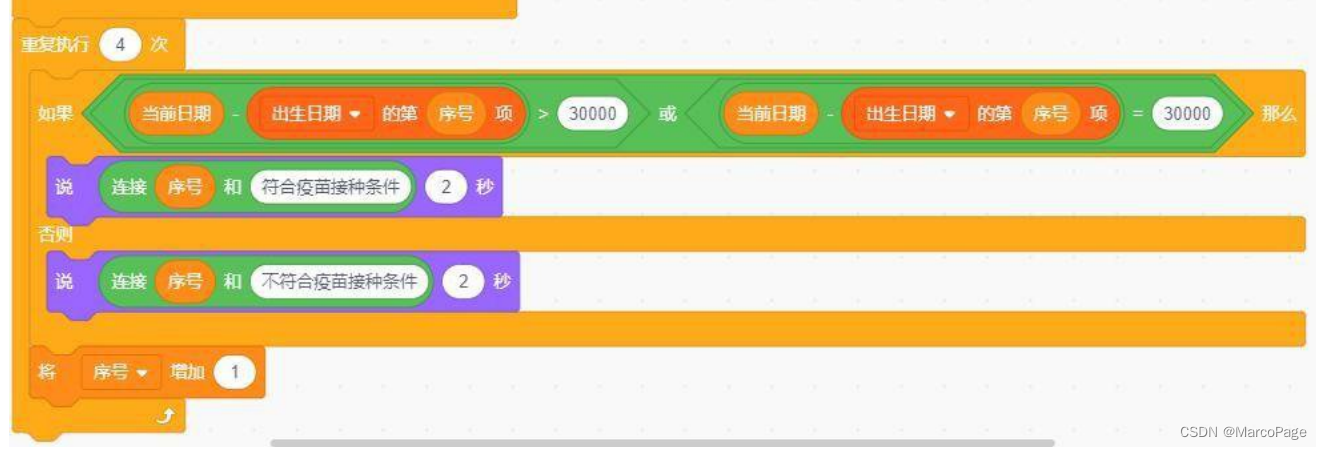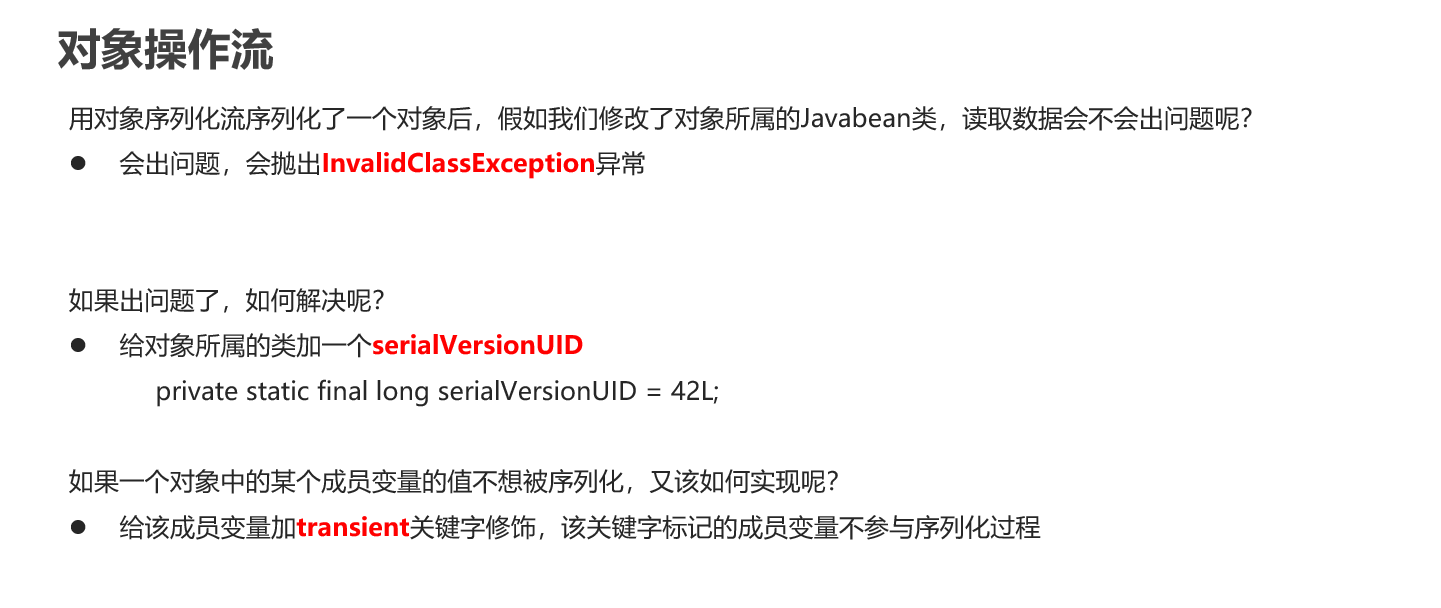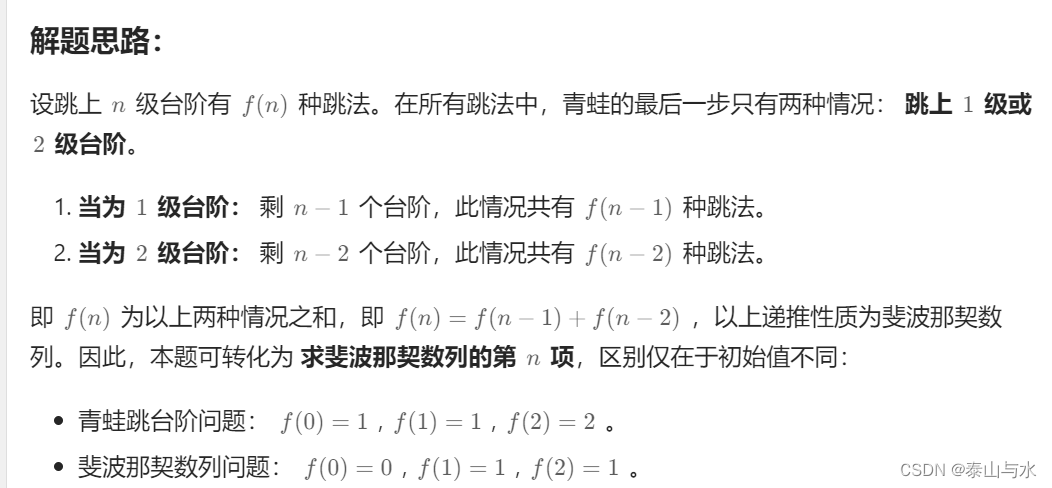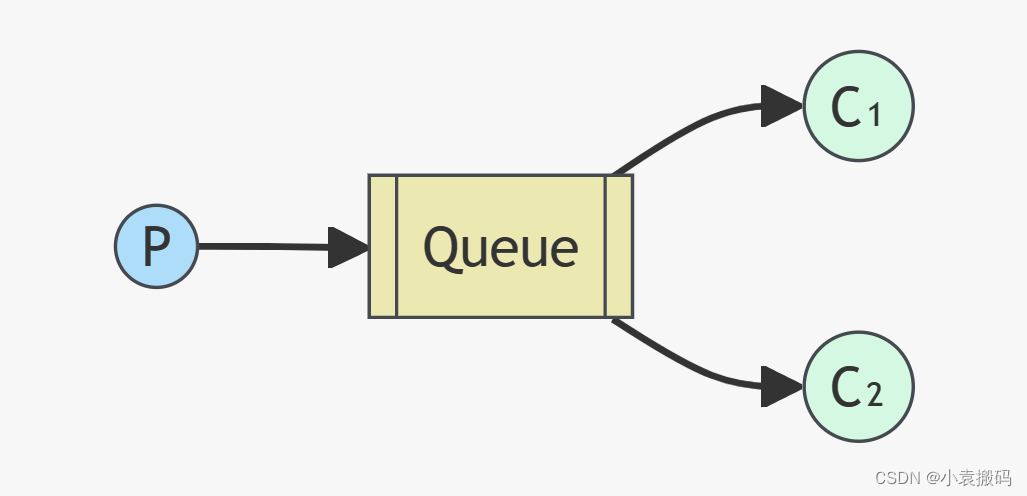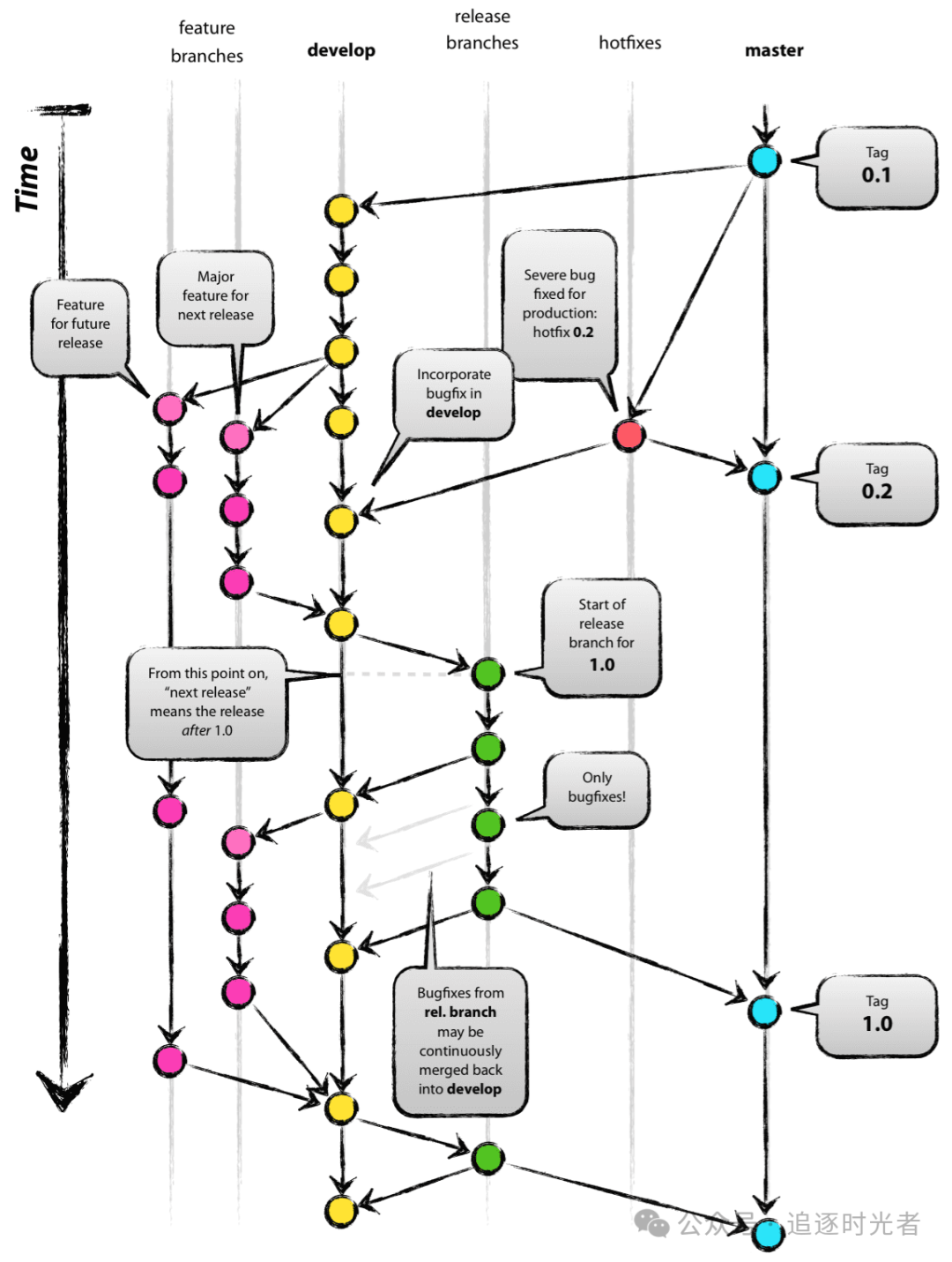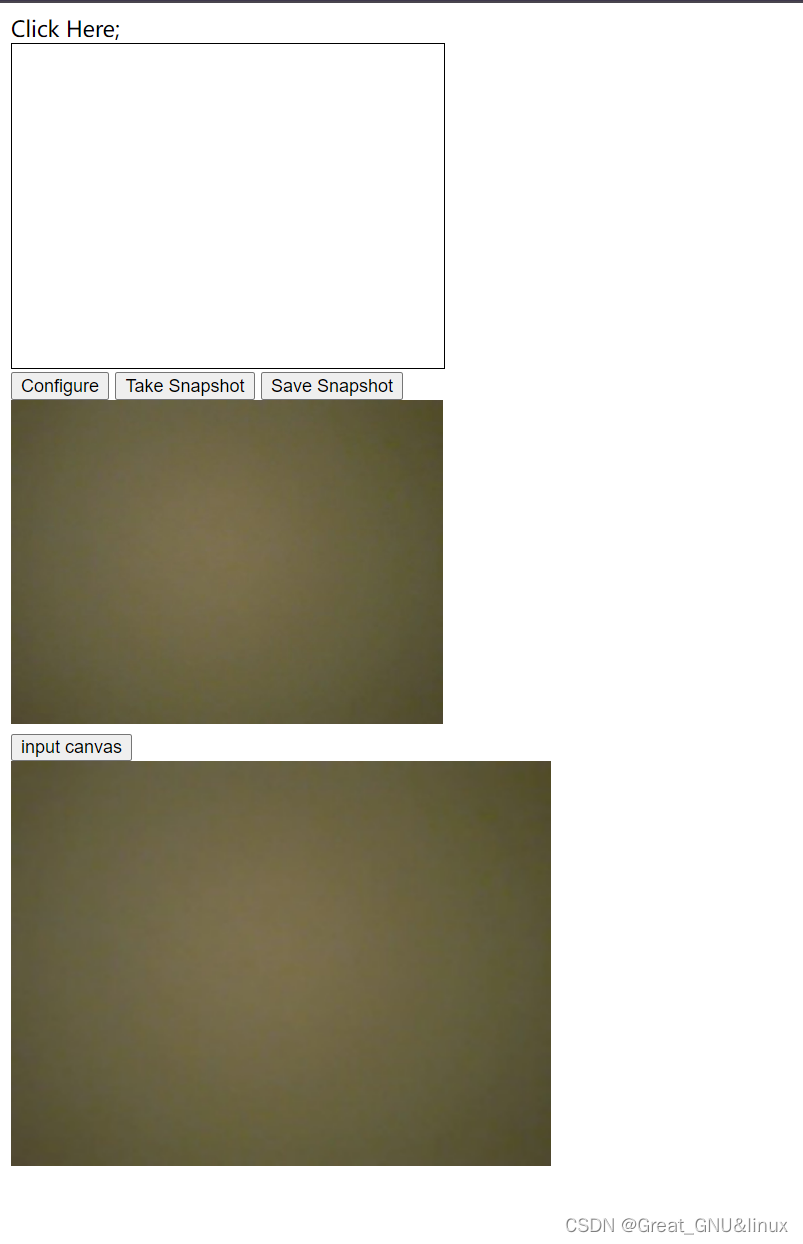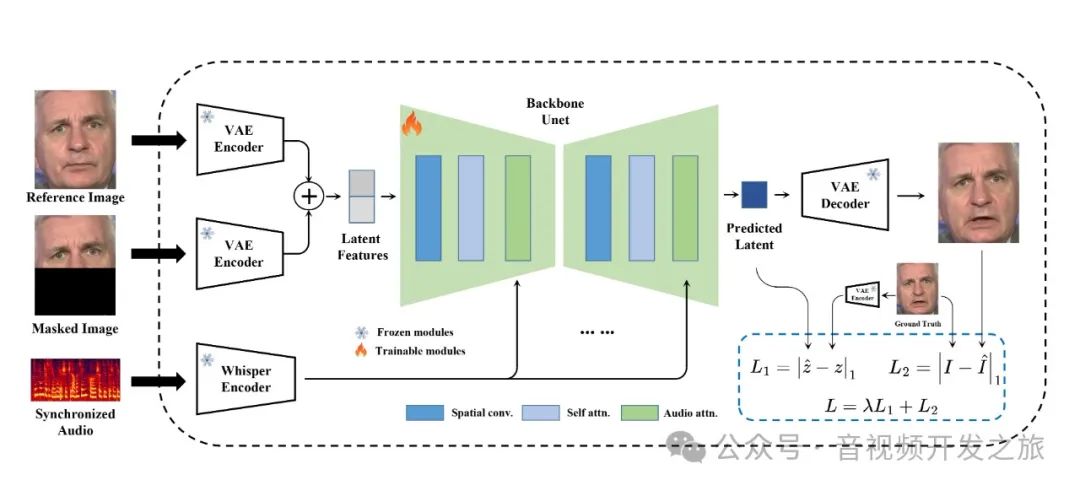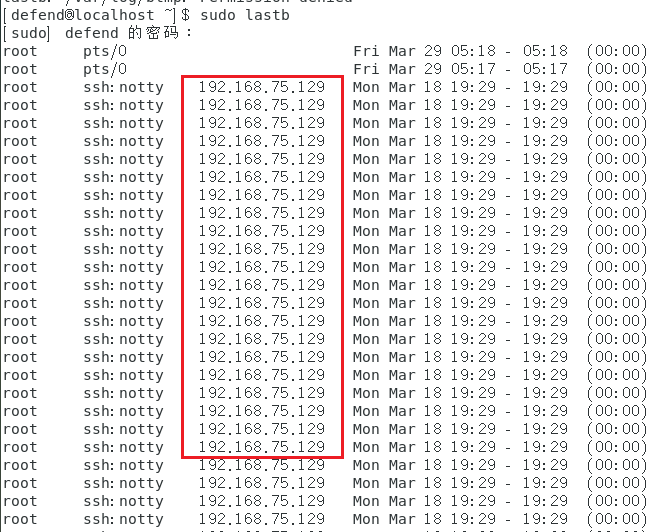Leetcode 第 389 场周赛题解
- Leetcode 第 389 场周赛题解
- 题目1:3083. 字符串及其反转中是否存在同一子字符串
- 思路
- 代码
- 复杂度分析
- 题目2:3084. 统计以给定字符开头和结尾的子字符串总数
- 思路
- 代码
- 复杂度分析
- 题目3:3085. 成为 K 特殊字符串需要删除的最少字符数
- 思路
- 代码
- 复杂度分析
- 题目4:3086. 拾起 K 个 1 需要的最少行动次数
- 思路
- 代码
- 复杂度分析
Leetcode 第 389 场周赛题解
题目1:3083. 字符串及其反转中是否存在同一子字符串
思路
代码
/*
* @lc app=leetcode.cn id=3083 lang=cpp
*
* [3083] 字符串及其反转中是否存在同一子字符串
*/
// @lc code=start
class Solution
{
public:
bool isSubstringPresent(string s)
{
int n = s.length();
for (int i = 0; i < n - 1; i++)
{
string t1 = s.substr(i, 2);
for (int j = n - 1; j > 0; j--)
{
string t2 = s.substr(j - 1, 2);
reverse(t2.begin(), t2.end());
if (t1 == t2)
return true;
}
}
return false;
}
};
// @lc code=end
复杂度分析
时间复杂度:O(n2),其中 n 是字符串 s 的长度。
空间复杂度:O(1)。
题目2:3084. 统计以给定字符开头和结尾的子字符串总数
思路
假设字符串 s 中有 count 个字符 c。
第一个字符 c 可以和后面 count-1 个 字符 c 组成以 c 字符开头和结尾的非空子字符串。
第二个字符 c 可以和后面 count-2 个 字符 c 组成以 c 字符开头和结尾的非空子字符串。
以此类推。
所以以 c 字符开头和结尾的非空子字符串的总数为 (count-1) + (count-2) + … + 1 = count * (count+1) / 2。
代码
/*
* @lc app=leetcode.cn id=3084 lang=cpp
*
* [3084] 统计以给定字符开头和结尾的子字符串总数
*/
// @lc code=start
class Solution
{
public:
long long countSubstrings(string s, char c)
{
long long count = 0;
for (char &ch : s)
if (ch == c)
count++;
// long long ans = 0;
// for (int i = 1; i <= count; i++)
// ans += i;
// return ans;
return count * (count + 1) / 2;
}
};
// @lc code=end
复杂度分析
时间复杂度:O(n),其中 n 是字符串 s 的长度。
空间复杂度:O(1)。
题目3:3085. 成为 K 特殊字符串需要删除的最少字符数
思路
类似于滑动窗口。
统计好字符的出现次数后,排序,遍历这个数组,假设当前值为 f,则频率的上界为 f+k。
统计频率为 [f, f+k] 的总字符个数,维护其最大值 max_save,那么最少删除个数就是字符串长度 word.length() - max_save。
代码
/*
* @lc app=leetcode.cn id=3085 lang=cpp
*
* [3085] 成为 K 特殊字符串需要删除的最少字符数
*/
// @lc code=start
class Solution
{
public:
int minimumDeletions(string word, int k)
{
unordered_map<char, int> mp;
for (char &c : word)
mp[c]++;
vector<int> freq;
for (auto &[ch, cnt] : mp)
freq.push_back(cnt);
sort(freq.begin(), freq.end());
int min_del = INT_MAX;
int front_sub = 0; // 前置差用来存储较小,并且需要减去的数
for (int &f : freq)
{
int upper = f + k;
int back_sub = 0; // 后置差用来存储后面较大数据需要减去的数
for (int &j : freq)
if (j > upper)
back_sub += j - upper;
min_del = min(min_del, front_sub + back_sub);
// 如果以后面一个大一点的数为最小值,此时前置差就得加上当前这个数
front_sub += f;
}
return min_del;
}
};
// @lc code=end
复杂度分析
时间复杂度:O(n+∣Σ∣),其中 n 是字符串 word 的长度,∣Σ∣ 为字符集合的大小,本题字符均为小写字母,所以 ∣Σ∣=26。
空间复杂度:O(∣Σ∣),其中 ∣Σ∣ 为字符集合的大小,本题字符均为小写字母,所以 ∣Σ∣=26。
题目4:3086. 拾起 K 个 1 需要的最少行动次数
思路
动作 1:在一个空位上生成一个 1。这个动作最多可以执行 maxChanges 次。
动作 2:把一个 1 移动到相邻的空位上。
动作 1 + 动作 2 = 在Alice相邻的空位上生成一个 1,再交换给Alice,花费为 2。
我们给Alice选初始位置时,最好选择 1 聚集的地方,具体来讲 1、1(Alice)、1 是比较好的。

这是一个货仓选址问题。
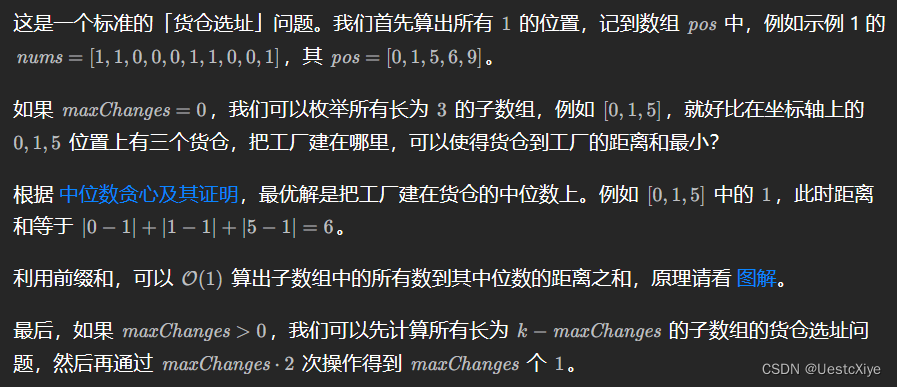
代码
/*
* @lc app=leetcode.cn id=3086 lang=cpp
*
* [3086] 拾起 K 个 1 需要的最少行动次数
*/
// @lc code=start
class Solution
{
public:
long long minimumMoves(vector<int> &nums, int k, int maxChanges)
{
vector<int> pos;
int c = 0; // nums 中连续的 1 长度
for (int i = 0; i < nums.size(); i++)
{
if (nums[i] == 0)
continue;
pos.push_back(i); // 记录 1 的位置
c = max(c, 1);
if (i > 0 && nums[i - 1] == 1)
{
if (i > 1 && nums[i - 2] == 1)
{ // 有 3 个连续的 1
c = 3;
}
else
{ // 有 2 个连续的 1
c = max(c, 2);
}
}
}
c = min(c, k);
if (maxChanges >= k - c)
{
// 其余 k-c 个 1 可以全部用两次操作得到
return max(c - 1, 0) + (k - c) * 2;
}
int n = pos.size();
vector<long long> preSum(n + 1);
for (int i = 0; i < n; i++)
preSum[i + 1] = preSum[i] + pos[i];
long long ans = LLONG_MAX;
// 除了 maxChanges 个数可以用两次操作得到,其余的 1 只能一步步移动到 pos[i]
int size = k - maxChanges;
for (int right = size; right <= n; right++)
{
// s1+s2 是 j 在 [left, right) 中的所有 pos[j] 到 index=pos[(left+right)/2] 的距离之和
int left = right - size;
int i = left + size / 2;
long long index = pos[i];
long long s1 = index * (i - left) - (preSum[i] - preSum[left]);
long long s2 = preSum[right] - preSum[i] - index * (right - i);
ans = min(ans, s1 + s2);
}
return ans + maxChanges * 2;
}
};
// @lc code=end
复杂度分析
时间复杂度:O(n),其中 n 是数组 nums 的长度。
空间复杂度:O(n),其中 n 是数组 nums 的长度。

